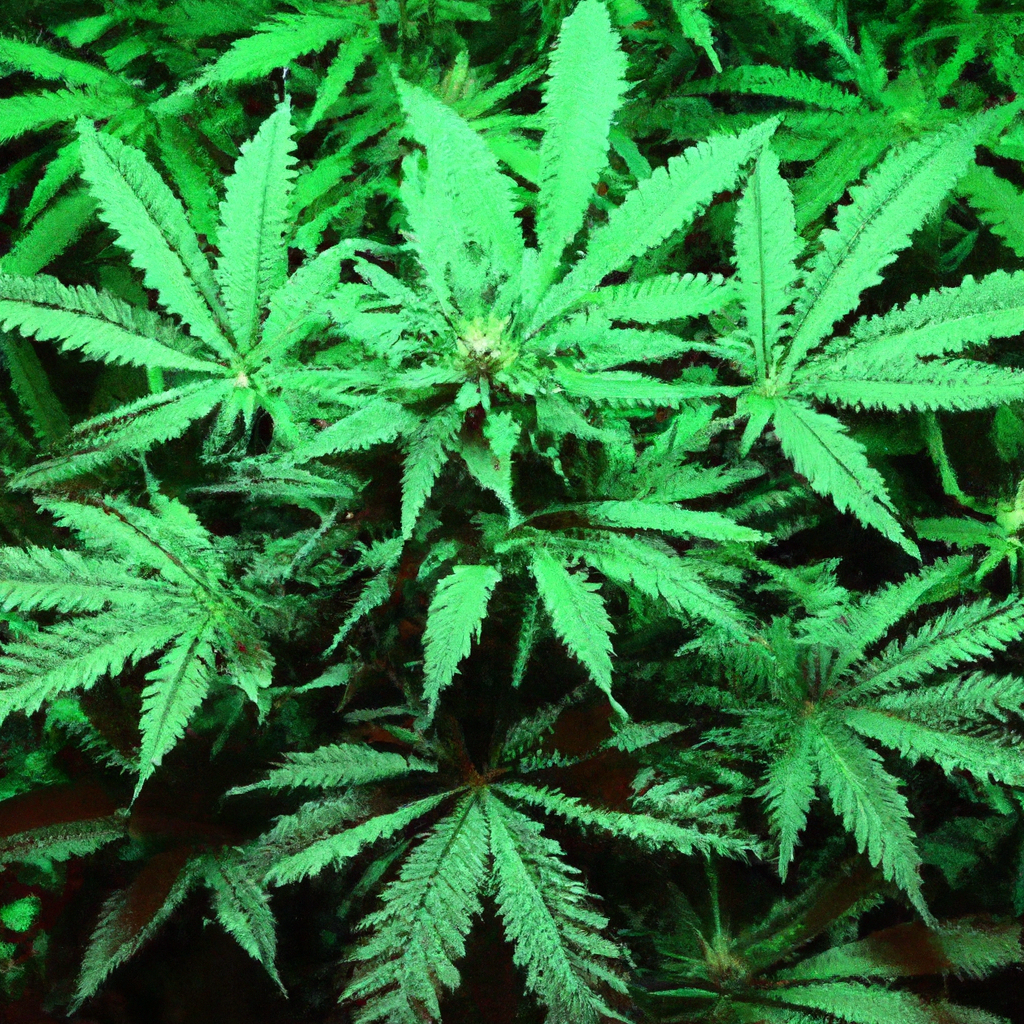By John “Magic” Greenleaf | Growing greatness, one strain at a time.
Introduction
Understanding light cycles is crucial for any beginner embarking on the journey of cannabis cultivation. The right lighting can make or break your cannabis grow cycle, creating lush, potent plants or leaving you with lanky stems and poor yields. Join me, John “Magic” Greenleaf, as we dive into the intriguing world of cannabis light cycles and learn how to manipulate them for maximum benefit.
Why Light Cycles Matter
The growth stages of cannabis—from seedling to flowering—are greatly influenced by the light cycle, that is, the amount of light and dark the plants receive in a 24-hour period. In nature, this cycle changes with the seasons, but when you’re growing indoors, this becomes an aspect you can fully control to simulate seasons and maximize growth.
Light Cycle Breakdown
- Vegetative Stage: In this stage, cannabis plants benefit from long periods of light, typically 18-24 hours of light per day. This encourages robust growth of leaves and stems.
- Flowering Stage: To induce flowering, the light cycle is reduced to 12 hours of light and 12 hours of darkness per day. This mimics the natural approach of shorter days as fall approaches, prompting the plant to form buds.
Optimizing Light Cycles for Maximum Yield
Whether you’re using high-efficiency LEDs, like the Gavita Pro systems I swear by, or more traditional lighting, make sure your lighting setup covers your plants thoroughly and distributes light evenly.
Experiment with different photoperiods if resources allow—some growers have found success stretching the vegetative phase to improve yields or switching to 13 hours of darkness during the final weeks of flowering to enhance resin production.
Common Questions About Light Cycles
How can I ensure my plants get the right amount of light?
Use timers to automate your light cycles, ensuring they are precise and consistent, which is key to preventing stress on your plants.
What are the signs of incorrect light cycles?
Watch for symptoms like drooping leaves, slow growth, or a lack of flowers as signals that you need to adjust your light exposure.
What role does light quality play?
Aside from quantity, quality also matters. Ensure you’re providing the full spectrum of light if possible, which can mimic natural sunlight and promote healthier plant development.
Tags: Beginner’s Guide, Optimal Lighting, Environmental Control, High-Yield Optimization


Leave a Reply